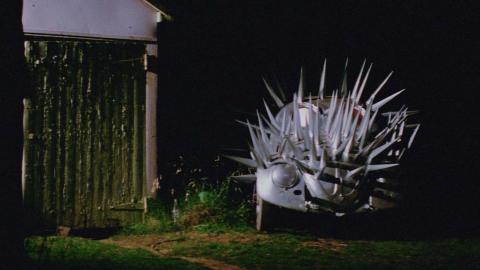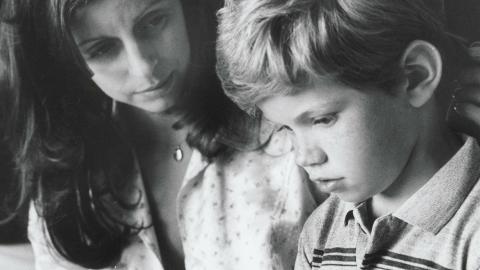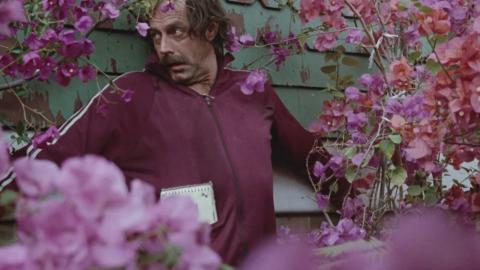
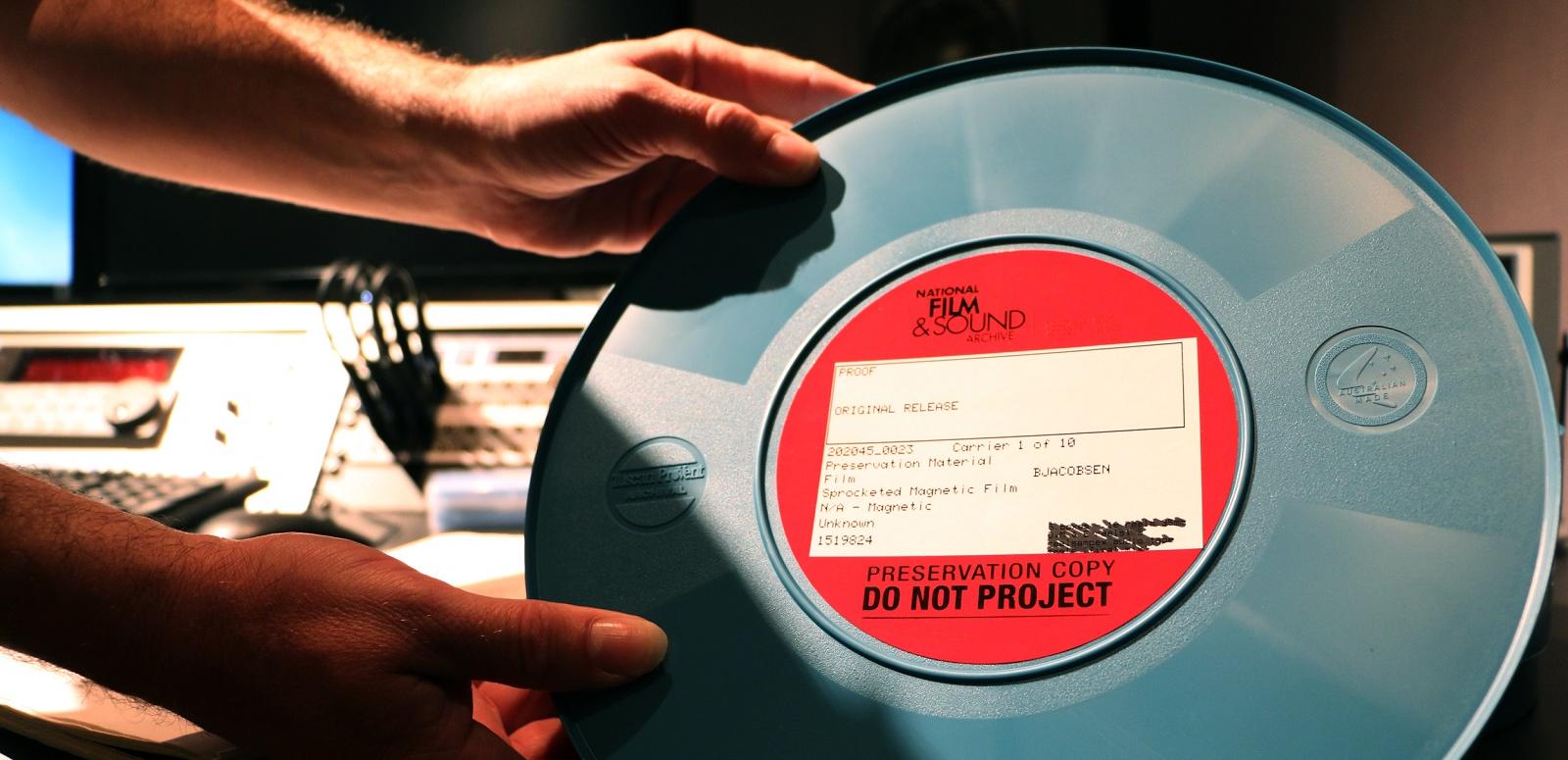
Proof restoration
Proof: the road to restoration
Our digital restoration of Proof premieres tonight at the Melbourne International Film Festival. It’s been a long road, but it was absolutely worth it!
The work begins
There was a lot of work before that glamorous red carpet moment. It all began with an extensive period of investigation of the Proof materials we have in the NFSA collection.
A number of our experts – curators, audiovisual conservators and technicians – worked together to determine which components would be the best source masters for the digital restoration. They had to wind the 25-year-old film reels through to look for decomposition, shrinkage, perforation damage and scratches.
This work can be very time consuming if extensive repair work is needed, such as fixing splices and sprocket damage on the film. This is very important, as the materials chosen for restoration must be able to cope with the telecine and scanning processes.
We were soon able to confirm that all components were complete and belonged to the same version. We decided that the original picture negative (the negative that actually ran through film camera when the film was shot) would give us the best picture result, so we had it ultrasonically cleaned and telecined.
At the same time, we conducted an analysis of the sound, and selected the DME (Dialogue, Music and Effects) 35mm component. It was digitised and the resulting files were then de-noised to reduce a low but audible hum. The clicks, pops and dropouts were fixed. The telecined picture files were then ‘married’ to the sound files. We had sync … hallelujah!
All components were then sent to the Sydney-based post-production company FSM for scanning. Every single frame was scanned, including the sprocket holes. This became our digital preservation file: a digital version of the original picture negative. It was a bit green and showed natural and expected age-related symptoms. Weeks of intensive cleaning and grading followed, both automated and manual.
Joy and terror
Proof required 30 hours of grading and 90 hours of cleaning.
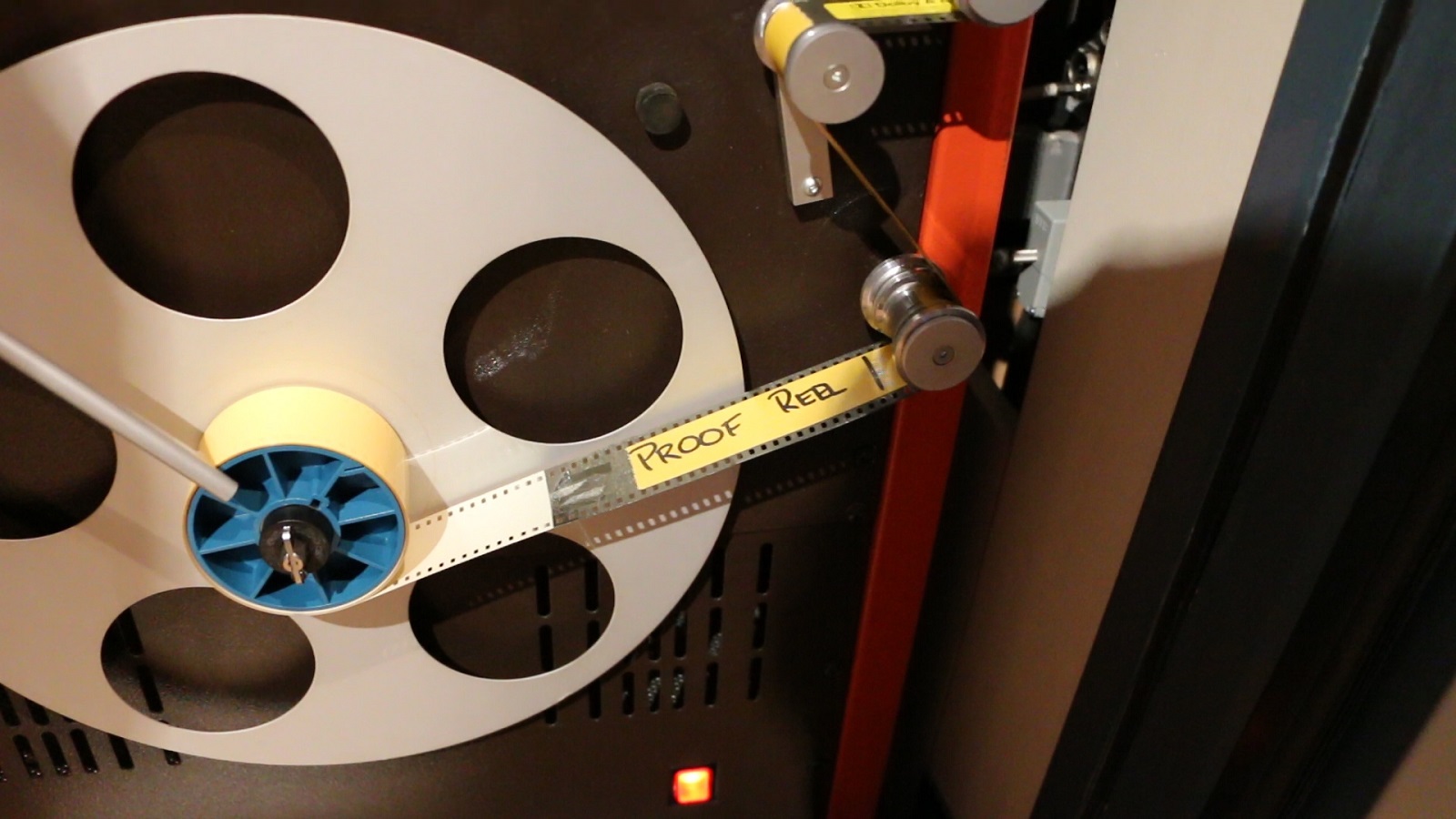
The capability of contemporary digital post-production software seems almost magical and it can be tempting to ‘fix’ any perceived flaws. But we always adhere to a very basic archival principle: we restore a title to as close as it was originally seen and enjoyed by audiences when it was released.
Therefore, in the NFSA Restores digital print of Proof, you will see grain and texture in the image, and hear the sound as it was projected when it premiered internationally at the Cannes Film Festival, and in Australia at the Melbourne International Film Festival in 1991.
One of the most joyful and terrifying parts of the restoration process is the work-in-progress screenings with the original key creatives. It was a such a pleasure to sit through the screening with the director, Jocelyn Moorhouse, and the cinematographer, Martin McGrath, listening to their production reminiscences and witnessing their smiles and appreciation when the lights came up. It is always expected there will be minor tweaks here and there but it is so very good to know that the work of many teams of people has done justice to the original intention of the film.
So, thanks to our experts, the filmmakers and 266 film lovers, Proof has been restored and preserved for the digital age. Stay tuned for more NFSA Restores news – we’re not done yet, there are so many more films to restore!
The National Film and Sound Archive of Australia acknowledges Australia’s Aboriginal and Torres Strait Islander peoples as the Traditional Custodians of the land on which we work and live and gives respect to their Elders both past and present.
